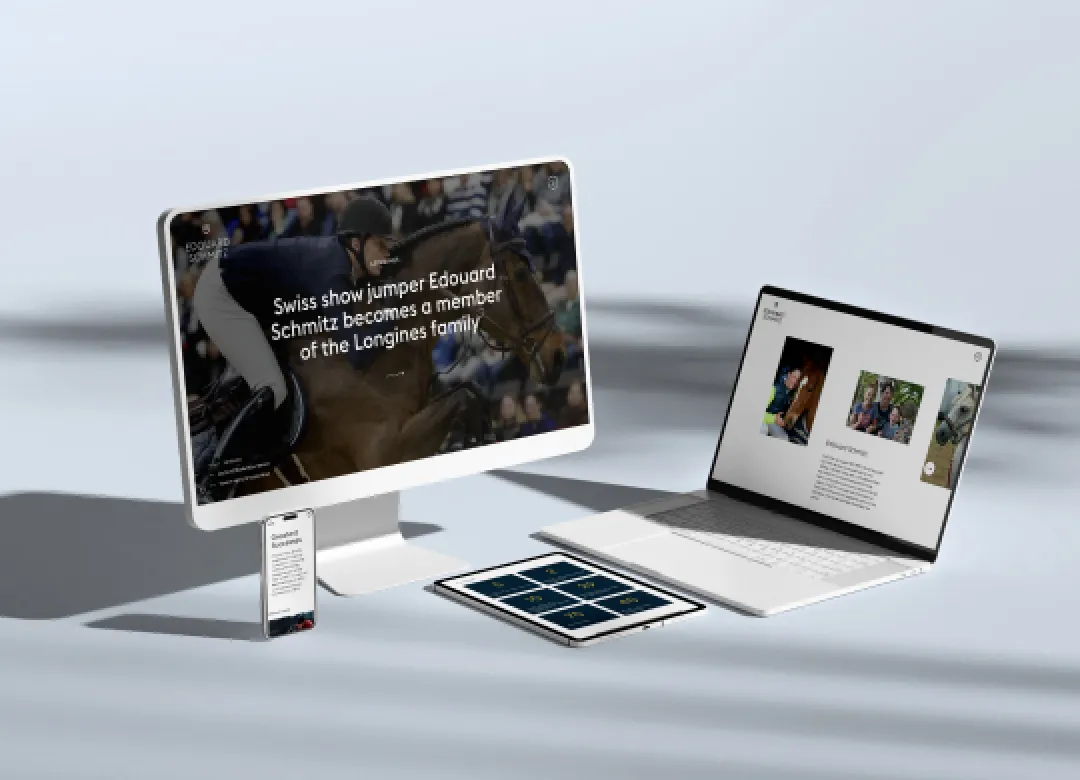The Usability Genius That Continues to Inspire Us

Working in digital communication makes us constantly aware of how quickly things evolve in the business. That is why we were recently surprised to find ourselves still very much inspired by someone’s 30-year-old ideas on usability. In other words: Jakob Nielsen is still spot-on!
The New York Times called him the “guru of Web page usability”, Internet Magazine crowned him “king of usability” and Wirtschaftswoche magazine opted for “the usability Pope”. Whatever you want to call him, one thing is clear: Jakob Nielsen is downright worshipped for his influence on usability. He is a Danish web usability and human-computer interaction researcher whose thoughts on the subject still shape our work in User Interface Design today. At Sergeant, we recently reviewed our approach to UI design and realised how relevant his ideas remain. No matter how much the tools, markets and society in general may have evolved, some aspects of human behaviour on the web just seem to persist.

What do users need?
To properly understand the meaning of usability, it is important to look at it from the user's perspective. As Nielsen states in his interview with WebdesignerDepot, “usability is always relative to two things: who are the users, and what are they trying to accomplish with the user interface?” According to a survey conducted by Google, users want mobile-friendly websites, as they use them on a daily basis, for various tasks. They demand website that are:
- simple to use,
- quick to load,
- easy to read,
- engaging.
What has changed?
With the rise of connectivity, digital literacy today is very high. According to ITU, an estimated 4.9 billion people were using the Internet in 2021. This number has been rising with great speed over the past two decades. It saw the steepest increase with the COVID-19 pandemic. We completely embraced the Internet, so it is only natural that our interaction with it has changed.
Jakob Nielsen claims that how we interact with words on web pages can hardly be called reading. We “scan” through the websites to find a needle in a haystack. We are trained to successfully filter through the overwhelming amounts of data in order to find the information that we need. Should the gems we chance upon not suffice, we plunge in and read more about it. But at no point do we compromise our focus. We are continuously aware that there are no real consequences for choosing the incorrect option. We may click on the wrong link, but there will be a back button there to save us.
On average, when you ask someone to perform a task on a site, they cannot do it. It's not their fault, it's the designer's fault.
30 years of 10 Usability Heuristics for User Interface Design
We should bear in mind that Jakob Nielsen started his journey of usability in 1990. Surely that annoying modem connection sound starts clenching your brain when you think of the 1990s. We all agree that user experience has come a long way. However, the 10 Usability Heuristics for User Interface Design that Jakob Nielsen defined 30 years ago are still very much applicable to today’s design challenges.
Jakob Nielsen calls his ten rules "heuristics", because they are broad rules of thumb instead of specific guidelines.
The key is to keep users informed about what is going on at all times. This way they feel more comfortable about their next steps. To achieve that, the system needs to provide feedback and remain fast.
It is better to speak the user's language and avoid any internal jargon. All the information should also be organised in a natural and logical order.
Users often perform actions by mistake. They need a clearly marked “emergency exit” to leave the unwanted action. Having a possibility to undo an action fosters a sense of freedom and confidence.
Users should not have to wonder whether different words, situations, or actions mean the same thing. It is advisable to follow platform and industry conventions.
We want to eliminate any error-prone conditions and then check for them. We should present users with a confirmation option before they commit to the action.
Humans have limited short-term memories. The user should not have to remember information from one part of the interface to another.
Ideally the design can cater to both inexperienced and experienced users. It could potentially allow users to tailor frequent actions.
We want to avoid any information that is irrelevant or rarely needed. This of course does not mean that you have to employ what Nielsen calls “flat design”. We simply have to ensure that the visual elements of the interface support the user's primary goals.
Error messages should
- be expressed in plain language
- precisely indicate the problem
- constructively suggest a solution
Ideally, the system does not need any explanation. But if absolutely necessary, we should provide documentation that is easy to find and focused on the user's task.
Are we stating the obvious? Indeed! It feels that way because Nielsen clearly managed to tap into some universal truth of human behaviour which remains unchanged throughout decades of the ever-evolving digital age. Thus Jakob Nielsen earned each and every royal title the Internet bestowed on him.



